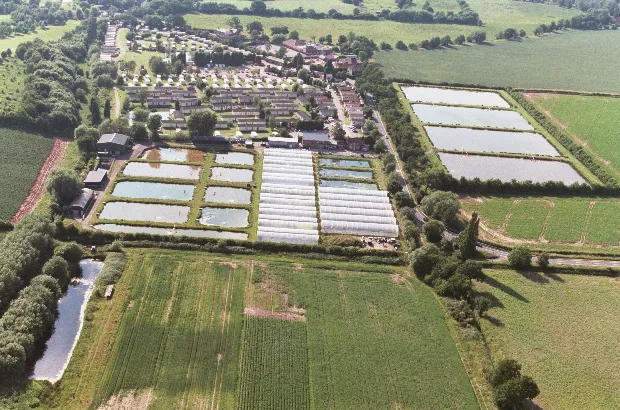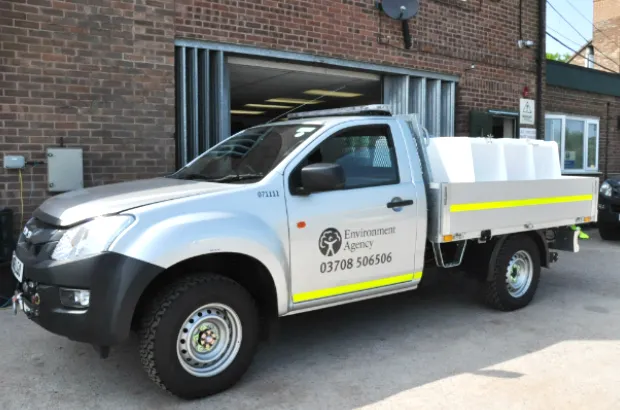At the National Coarse Fish Rearing Unit in Calverton, Nottinghamshire, we raise and stock out approximately 500,000 fish each year. These fish restock rivers and lakes throughout the length and breadth of England.
People often ask why this work is needed. It’s for a mixture of reasons. Sometimes we restock fish following pollution incidents or in some instances it is to help restore fish stocks in rivers where numbers are low. Many of our industrialised rivers have improved dramatically in water quality in the last 30 years and concerted restocking from Calverton has accelerated the restoration of natural fish stocks and viable fisheries. But sometimes nature needs a helping hand and that’s where we come in.
All this work is funded entirely with rod licence income and the fish are stocked out as part of the Environment Agency’s statutory duty to maintain and develop fisheries in England. We currently produce 9 separate species of fish: grayling, dace, chub, bream, barbel, roach, rudd, crucian carp and tench.
We can't raise all the fry to the ideal size so we release the excess (many millions) back into the rivers and lakes from where we originally collected the adult fish. This simulates natural recruitment in a river - the same as if adults had been present. Obviously the survival is lower than larger fish but the numbers involved do make up for it.
To achieve these results, there are many different parts of the process that we have to control. The sole aim of Calverton is to produce high-quality, fit-for-purpose fish that can cope with life in the wild.

It takes approximately 18 months to rear our fish to a size where we can stock them out into rivers and lakes. All of the Calverton stocks are reared in semi-natural ponds that have lots of natural food, habitat and plenty of flowing water. This ensures that our fish are fit enough to live in the rivers and that they can face the challenges that come from life in the wild.
In the spring, we collect adult fish from around the UK and spawn them in our purpose-built hatchery. When the larvae hatch, we feed them small shrimp for up to two weeks before we move them into pre-prepared ponds. Some of the ponds have polythene tunnels covering them and this ensures warmer water temperatures, as well as protection from predators.
Throughout the summer, we monitor the water quality in the rearing ponds daily. We measure the temperature, pH and oxygen levels to make sure that optimal conditions are maintained for good survival and growth. During this period, we also sample the fish at regular monthly intervals to monitor their health, growth and condition.
If needed, some supplementary feeding is done to top up the available food. This feed has been developed specifically for our species of fish and they thrive on this mixture of natural and semi-natural food.
During autumn, the ponds are harvested using long nets which catch almost 80% of the fish. Then we drain off the water and the last of the fish are removed. The fish are then separated into their various species, sampled, counted and health-checked before they are ready for dispatch to a variety of rivers and lakes throughout England.
Great care is taken to ensure that the fish are transported in the best possible way. Calverton staff have designed and fitted out two fish transporters that are capable of moving the fish over long distances. We may stock fish in the north of England one day and then, in the following few days, stock them out in Devon and Cornwall too.

It is important that the fish are transported in a stress-free environment, so that when they are stocked into rivers and lakes they acclimatise quickly to life in the wild.
We can now answer the question: fish farming, how hard can it be?
To be successful and produce high-quality fish for stocking into the wild there are many things that need to be taken into account. Our fish have to be able to survive, reach sexual maturity and spawn just as well as those that were born and have lived all of their lives in rivers or lakes.
Alan Henshaw is the Team Leader at the National Coarse Fish Rearing Unit, Calverton, Nottinghamshire